The Village
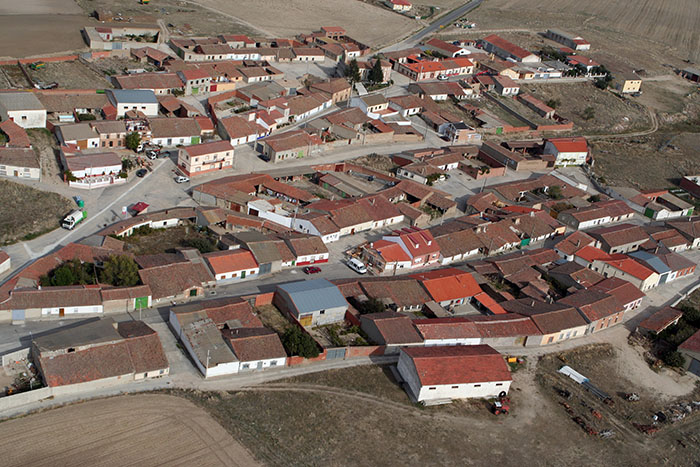
Location
Enter in your gps, the following coordinates::
geographical coordinates
Latitude : 40.878795°
Longitude: -5.365159°
Where are we?
Coca de Alba is a town located northeast of the province of Salamanca, bordered by the towns of Alconada, Peñarandilla, Sotrobal Tordillos and Nava. Distance to the capital, Salamanca is 30 km and it is 192km from Madrid. It belongs to the region of Alba de Tormes and is situated 837 meters above sea level.
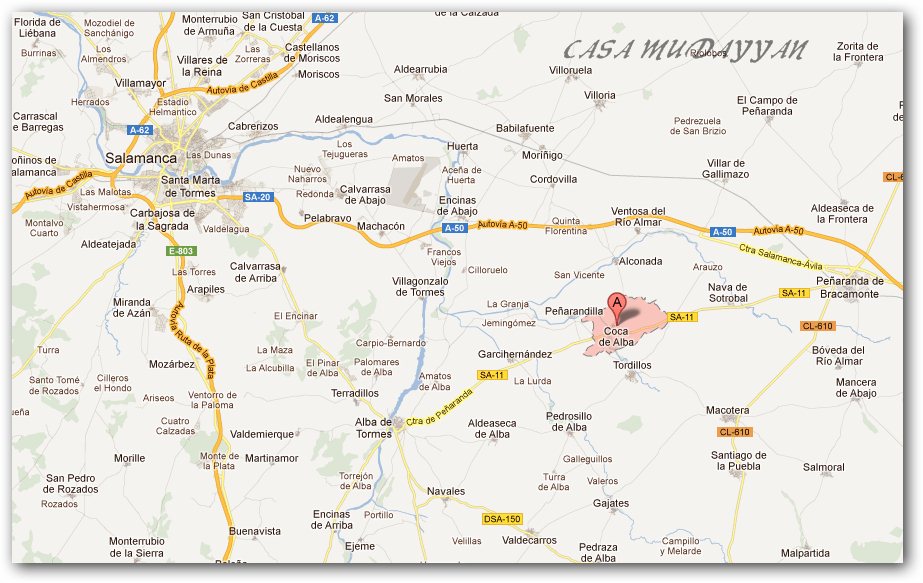
History
The origin of Coca de Alba brings us to the pre-Roman or Roman period. Its name is derived from Latin meaning "cauca" fat and is associated with the undulation of the ground. In the centuries IX, X, XI the area suffered depopulation. Subsequently it was slowly populated by Muslims.
The most significant symbol that shows today that Coca de Alba was populated by Muslims is the apse of the church, which is in the Mudejar style. As for its inhabitants, Coca de Alba reaches its peak in 1960 when the population was over 400 people. It currently has a population of around 100 inhabitants.
Their main livelihood is agricultural cereal cultivation. Including the construction of the irrigation canal Almar. Resulting in a more productive irrigated agriculture, and the green coloring of the river bank at the time Margana spring
Coca de Alba Church
Mudayyan House is located next to the parish church of Coca de Alba, the apse of the Mudejar style can be seen throughout the house. This is a characteristic symbol of the church. For this reason the renovation house has tried to highlight the main characteristics of the Mudejar style, which refer to this historical monument of the town.
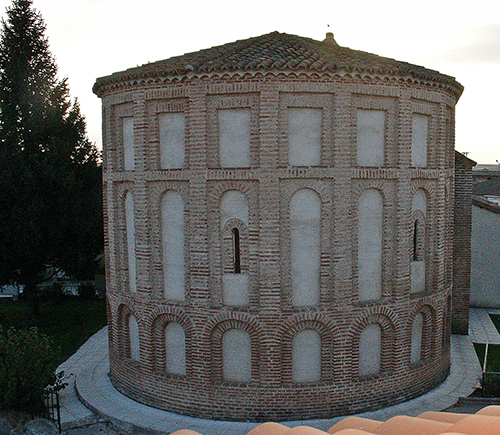
The church is dedicated to "St. John at the Latinam", part was constructed in the late twelfth and early thirteenth centuries. The Moorish arches in the church represent the most common artistic style of this period. It is located in a Romanesque-Mudejar Route temples surrounding localities. The body of the church was built later in the sixteenth century and therefore has a different artistic style. The most valuable part of the monument is the Gothic Christ hanging over the altar.
The church has been considered an important cultural monutment since 1983.
Climatology flora and fauna
The climate of Coca de Alba is characterized by cold winters and hot summers, it is located in the lower rainfall area of the province, with an average of 350-450 mm, because of this the dominant vegetation represented on small mountains by sclerophyllous oak dehesa (these are isolated and surrounded by cereal crops).
The fauna is predominantly birds such as the quail or partridge, (resources exploited for hunting), the are also has protected birds and mammals such as the bustard, wild boar, civet cat, hare, rabbit and fox.
Beside the river Margañan there is a forest mainly maid up of modified poplar, poplar and willow in these places there is still the original habitat the storkes inhabit.
A portion of the river has been channeled to flood every year, it does not affect the visitors to this channeling zone where walking, especially in summer time is popular, while enjoying the shade of trees, and the dish served with blackberries found there.
From the right side of the river we can see the valley of the river where you can see all the richness of the underlying substrate there in large fields of irrigated crops, and seeing the sunlight among the undulations of the ground giving it an unfortgettable golden colour.
Coca de Alba is located next to an area SPAs (Special Protection Area for Birds) named Alba fields which highlights the rich bird life in the area, as well as its natural flora. Its wealth of hunting species is very high and because of that in the months of the hunting season, there are many who come to enjoy this sport in area of Coca de Alba.
 |
 |
 |
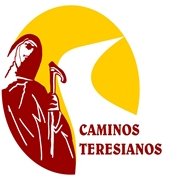 |
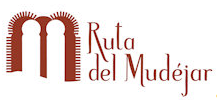 |
 |
| © Website designed by José A. Bautista Hernández. Casa Rural Mudayyan 2018 |

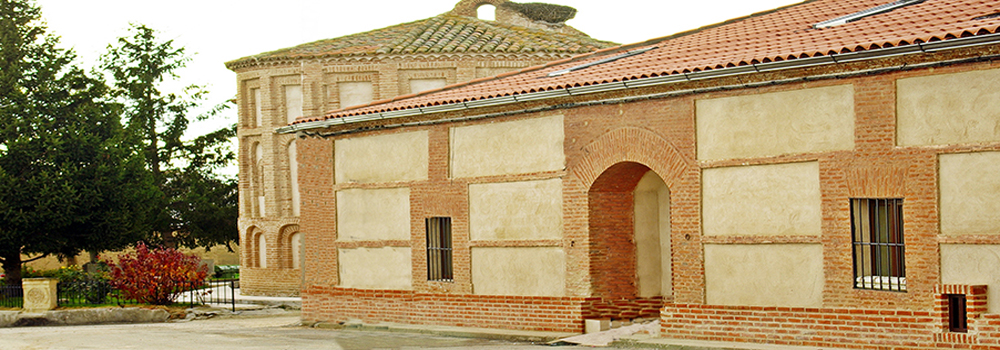 TRANQUILIDAD
TRANQUILIDAD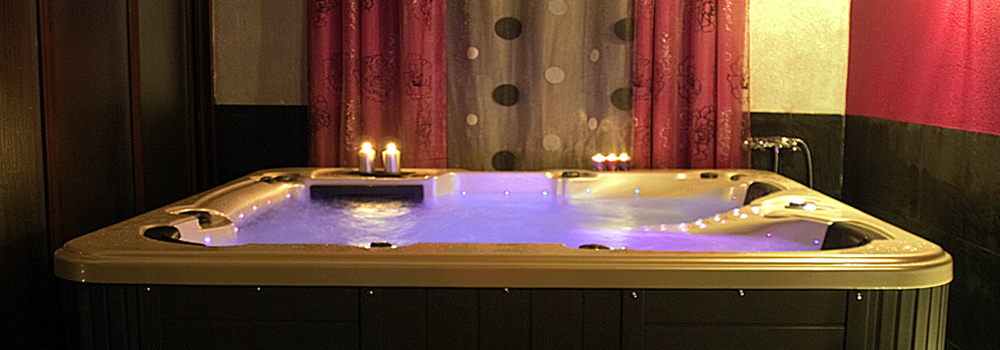 PARAISO
PARAISO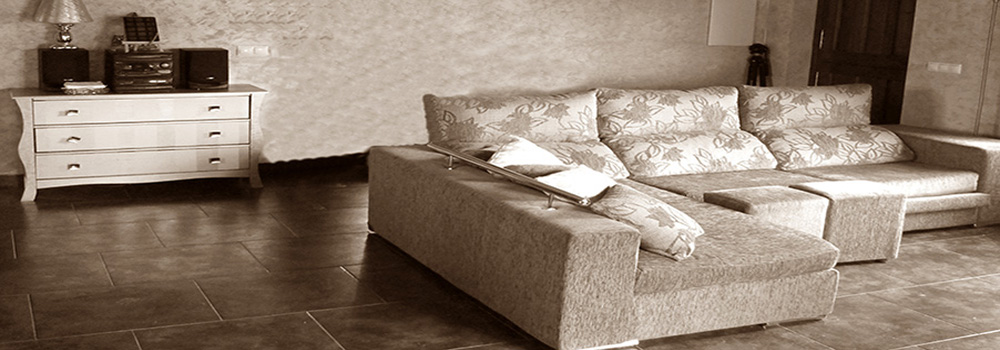
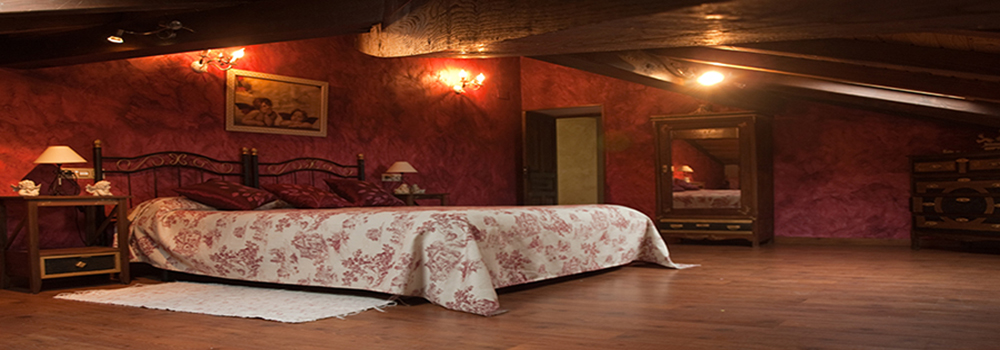 ARMONIA
ARMONIA